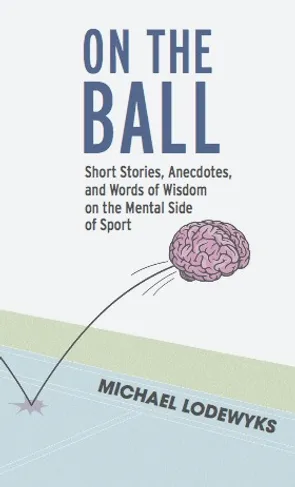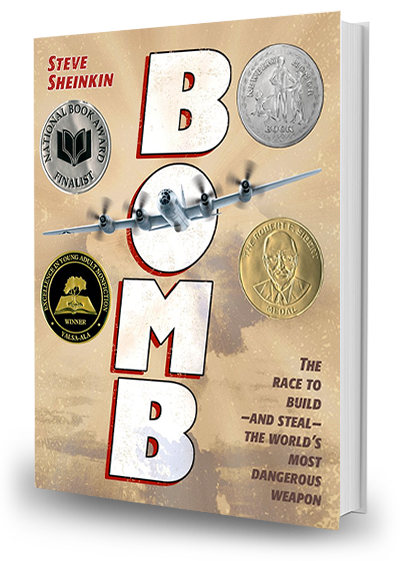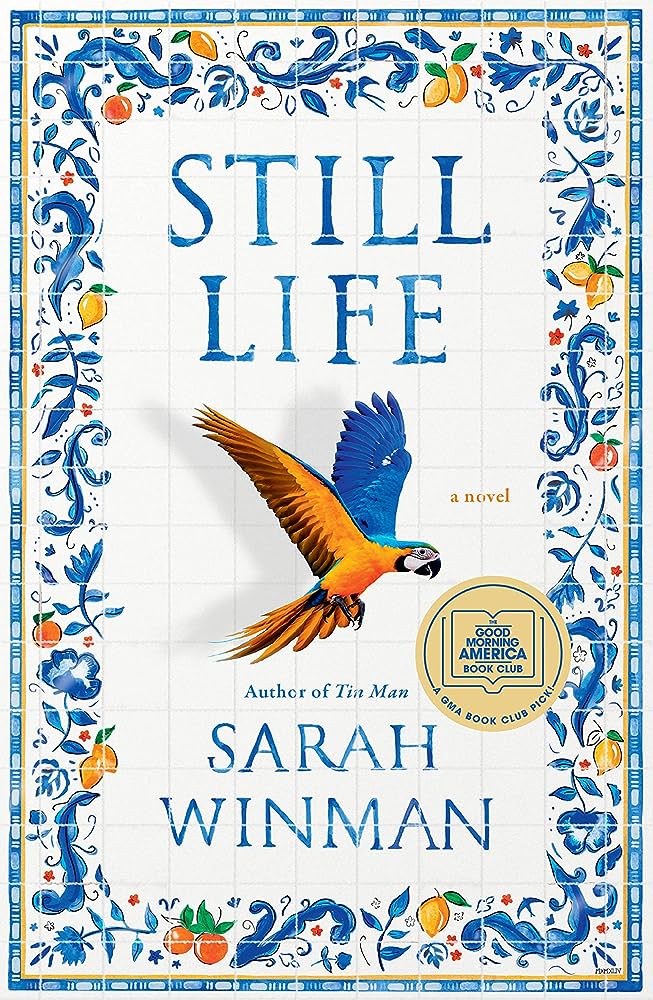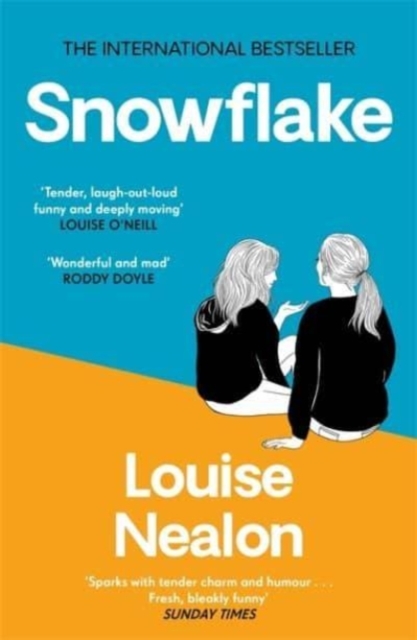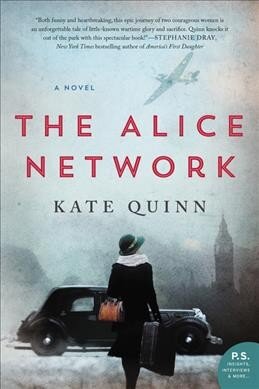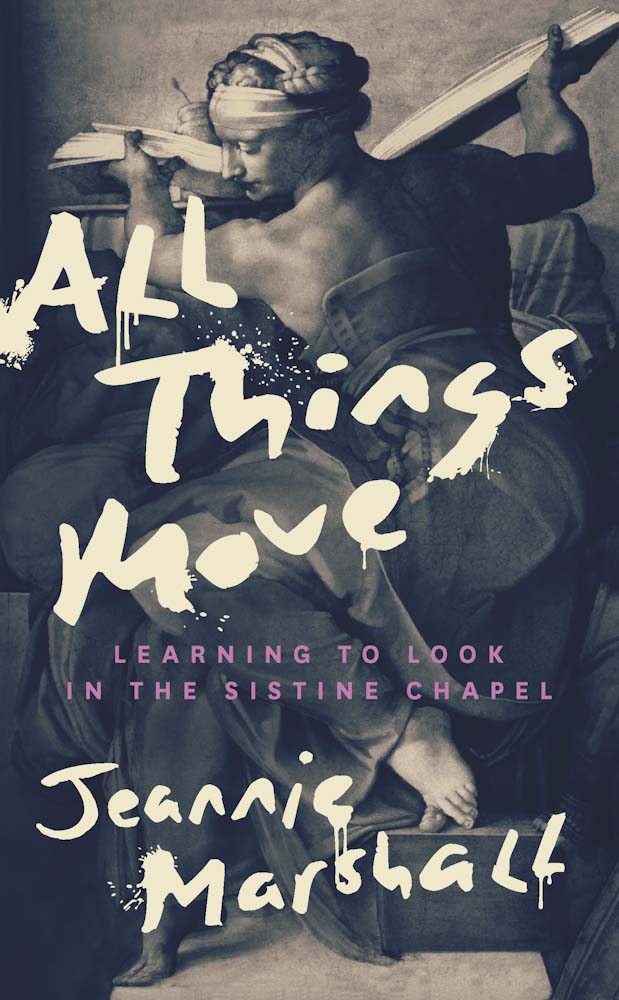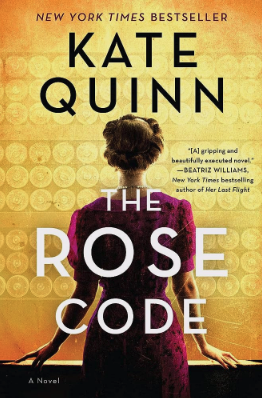
I become a huge fan of Kate Quinn after her book The Shrines of Gaiety and I have since inhaled The Rose Code and The Alice Network. The Rose Code is a masterful spy novel that alternates between flashbacks to the the 1940s wartime activities of at Bletchley Park and the days leading up to the royal wedding in 1947.
Three headstrong women answer the call to join the war effort at Bletchley Park. They do not know what they are getting into. Osla is a beautiful and wealthy debutante who puts her fluent German to use as a translator. Mab is an east-end London powerhouse who is a towering beauty with a sharp set of eyebrows. And Beth is a mousey, downtrodden local girl with a panache for crosswords. She is a brilliant puzzle cracker and becomes one of the Park’s few female cryptanalysts.
But Beth also sniffs out a traitor and finds herself locked up in a sanitarium before the war is over.
Osla, Mab, and Beth are estranged because of a series of small betrayals between the friends. It means that Beth’s accusations are buried and Osla and Mab are not aware of the traitor until they receive a message from Beth that she has managed to smuggle out of the sanitarium. Will they help her?
The Rose Code is a fantastic story about the layers of friendships, betrayals, and loyalty. It’s fast paced, fun, and taps into some of the real history of the Park. I listened to this on audiobook and the narrator did a great job of the various British accents and creating a veil of mystery.
See the Author website for more info.
